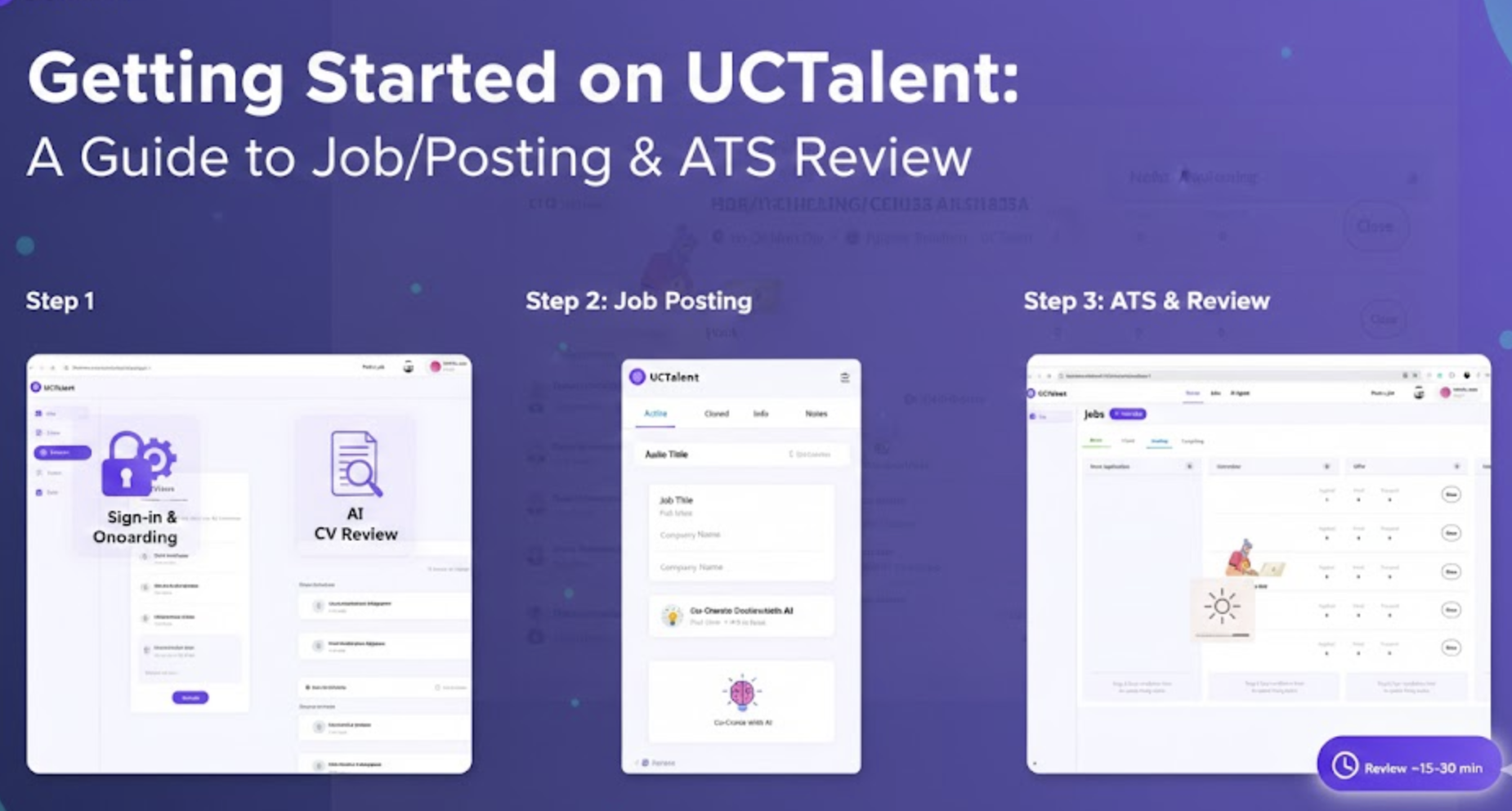A Beginner's Guide to IoT: How It’s Changing the Way We Live and Work
The Internet of Things (IoT) is revolutionizing the way we interact with the world around us. It refers to the network of physical objects: devices, vehicles, appliances, and more embedded with sensors, software, and other technologies that allow them to connect and exchange data over the internet. This ecosystem of connected devices has opened doors to limitless possibilities, from smart homes and wearable health devices to automated industries and smart cities.
But what exactly is IoT, and how can beginners understand its potential? In this guide, we’ll dive into the basics of IoT, its practical applications, and how it ties into emerging technologies like blockchain and Web3.
What Is IoT?

Simply put, IoT refers to the connection of physical devices to the internet. These "smart" devices can communicate with each other, share data, and even perform tasks autonomously. Think of your smartwatch tracking your fitness data and syncing it to your smartphone, or a smart thermostat adjusting your home’s temperature based on your preferences. IoT uses sensors, cloud computing, and machine-to-machine communication to create a seamless digital environment.
How Does IoT Work?
The basic idea behind IoT is connecting devices to collect and exchange data. Here’s how the process typically works:
- Devices/Sensors: IoT devices come equipped with sensors that capture data from the physical world (like temperature, speed, or location).
- Connectivity: The devices send data to cloud-based platforms through Wi-Fi, Bluetooth, or cellular networks.
- Data Processing: The cloud system processes and analyzes the data, often in real-time.
- Action: Based on the analysis, actions are triggered, like adjusting settings or sending notifications.

For example, in a smart home system, your IoT enabled refrigerator can detect when you’re out of milk and notify you via an app on your phone. Pretty convenient, right?
IoT Applications in Everyday Life
IoT is already shaping our day-to-day experiences in many ways. Here are a few examples of its practical use:
- Smart Homes: IoT-powered devices like smart speakers, lights, and thermostats are becoming a norm in households. They make life easier by automating tasks and personalizing experiences.

- Healthcare: Wearable health devices can monitor vital signs, track fitness progress, and alert medical professionals in case of emergencies.

- Smart Cities: Governments use IoT to manage traffic, reduce energy consumption, and improve public safety through smart grids and connected surveillance systems.

- Industrial IoT: Factories use IoT to optimize production, minimize downtime, and improve safety through predictive maintenance and real-time monitoring of equipment.

The Relationship Between IoT, Blockchain, and Web3
As IoT grows, integrating it with other advanced technologies like blockchain and Web3 becomes essential for ensuring security and transparency. IoT devices generate massive amounts of data, and blockchain’s decentralized nature can help secure this data, preventing unauthorized access or tampering.
Moreover, Web3, often described as the next evolution of the internet, focuses on decentralization and user ownership of data. By combining Web3 principles with IoT, users could have greater control over the data their devices generate, leading to more privacy-focused solutions. This synergy opens the door to innovative use cases, such as decentralized IoT networks, where no single authority controls the data or devices.
For a deeper dive into how Web3 can complement IoT, check out this article on Web3’s role in digital transformation.
The Future of IoT: Challenges and Opportunities
While IoT is transforming industries, it still faces challenges. Privacy and security are major concerns, as the increasing number of connected devices creates more points for potential cyberattacks. Additionally, the complexity of managing vast IoT ecosystems means that robust protocols and frameworks need to be in place to ensure interoperability between devices.

However, the opportunities are enormous. As IoT continues to evolve, it will pave the way for smarter cities, industries, and even more personalized user experiences. For example, the development of 5G networks will provide the speed and bandwidth necessary to connect billions of IoT devices seamlessly.
If you’re looking to explore the intersection of IoT and blockchain technology, consider reading this article on the potential of blockchain in IoT.
Conclusion
IoT is transforming how we interact with the world, connecting everything from home appliances to entire cities. While still in its early stages, it promises to unlock countless possibilities in automation, efficiency, and personalized experiences. By keeping an eye on the growing intersections with blockchain and Web3, businesses and individuals alike can tap into the future of IoT and shape a more connected and secure digital world.
Looking to learn more about how IoT and Web3 technologies are reshaping industries? Be sure to check out our latest articles for more insights.







.png)




